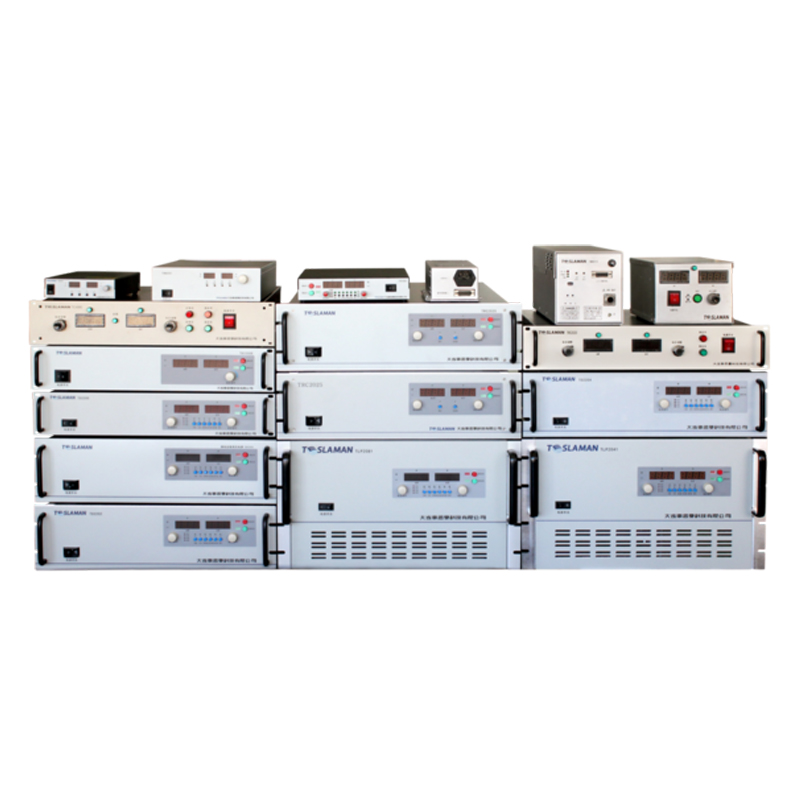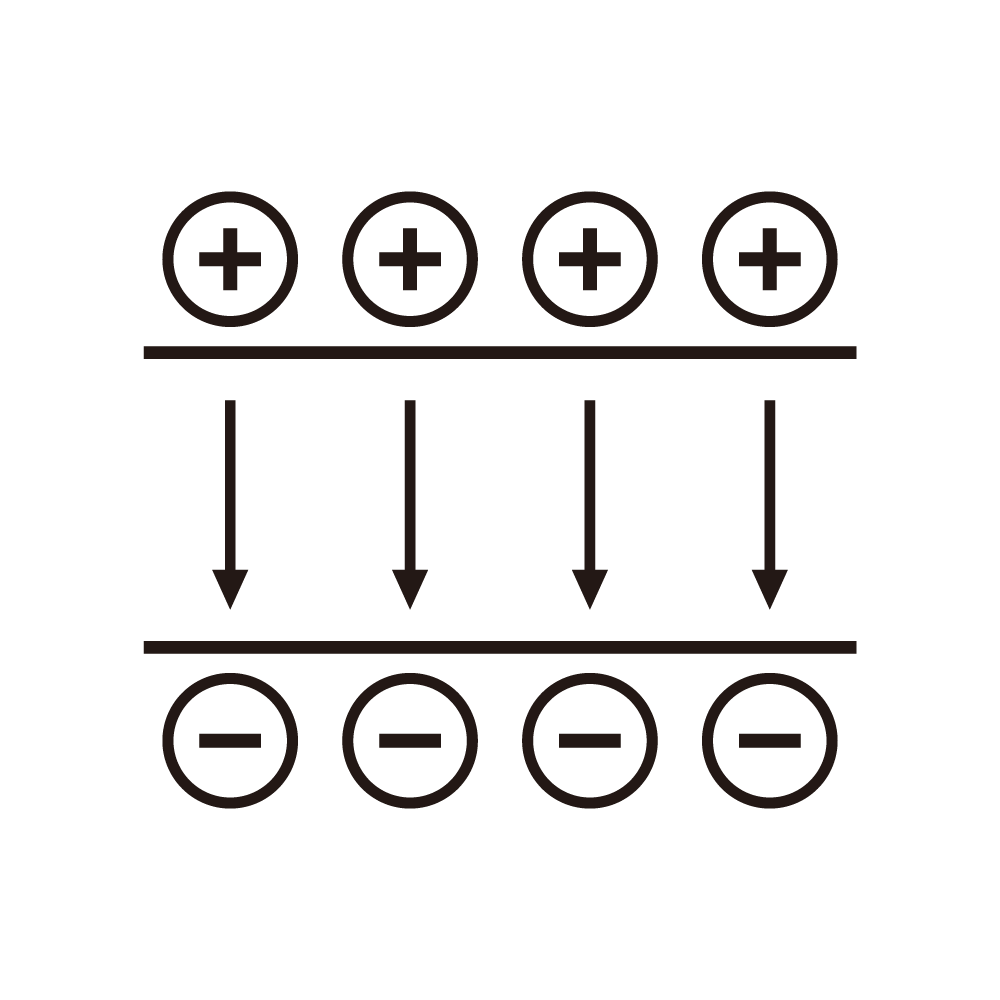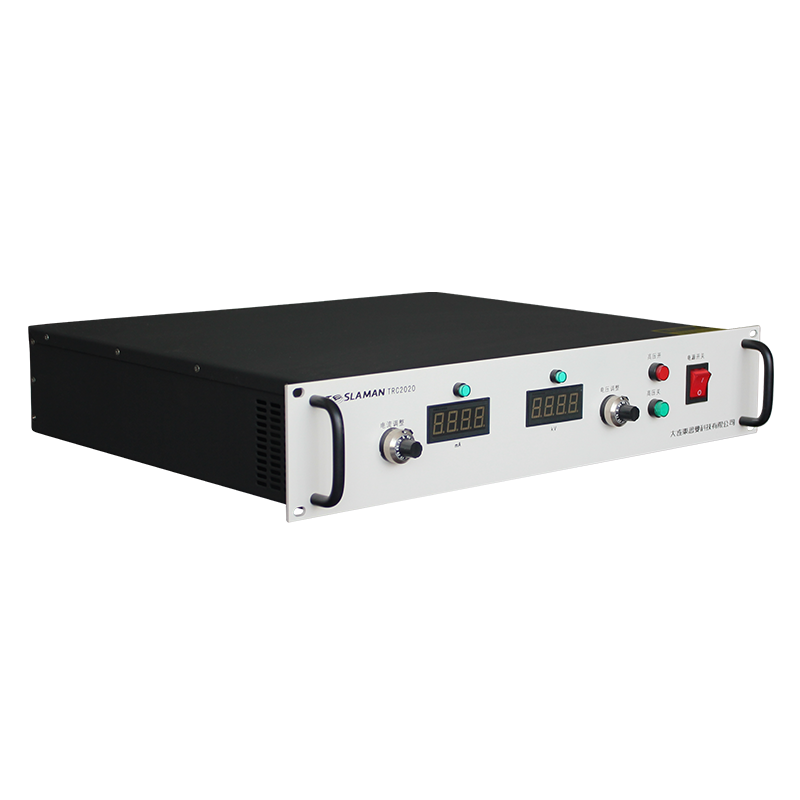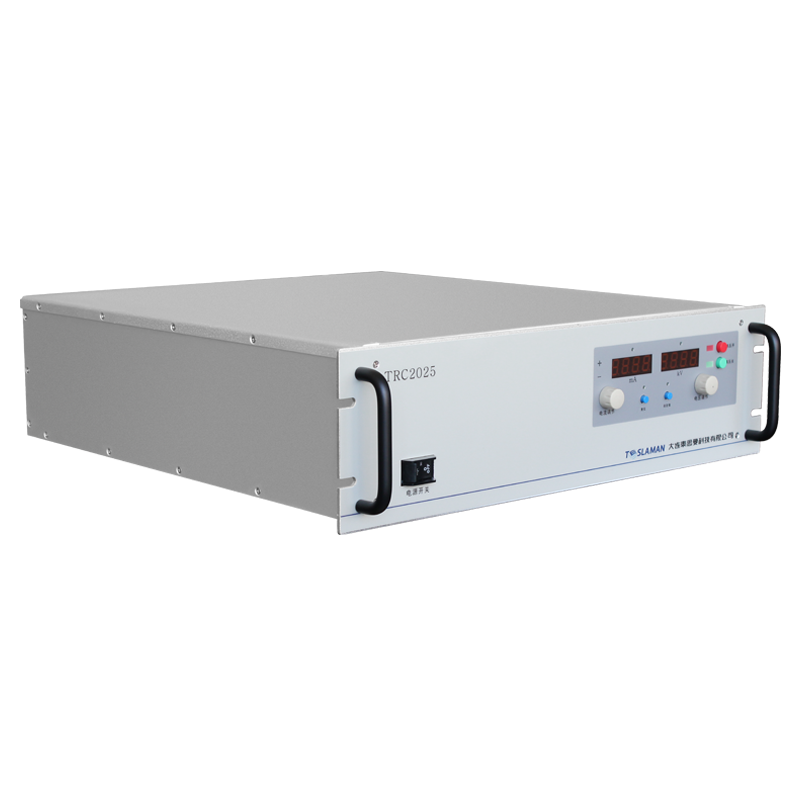Electrical Parameter Monitoring of 320kV High-Voltage Power Supply
In today's industrial and scientific research fields, 320kV high-voltage power supplies are widely used in many critical applications such as particle accelerators, electrostatic precipitators, and X-ray flaw detection, due to their ability to provide high energy and high voltage. Precise monitoring of the electrical parameters of such high-voltage power supplies is crucial for ensuring the reliable operation of equipment and optimizing system performance.
Firstly, voltage is one of the most critical parameters of a 320kV high-voltage power supply. Given its extremely high operating voltage, any abnormal voltage fluctuations may lead to equipment damage or operational failures. Therefore, high-precision voltage measurement devices, such as capacitive voltage transformers or resistive voltage dividers, are employed to monitor the output voltage of the power supply in real time. These devices can convert high-voltage signals into low-voltage signals that are easy to measure and process, while ensuring the accuracy and reliability of the measurement.
The monitoring of current parameters is equally essential. Through current transformers, the magnitude of the current passing through the high-voltage power supply can be accurately measured. Changes in current not only reflect the operating status of the load but also help detect faults such as short circuits and overloads in the circuit. For example, in a particle accelerator, accurate current monitoring helps ensure the stability of the particle beam and the consistency of energy output.
As an important indicator for measuring the efficiency of electrical energy utilization, the power factor also holds great significance for the 320kV high-voltage power supply system. A low power factor will lead to significant losses of electrical energy during transmission, increasing operating costs. By monitoring the phase difference between voltage and current, the power factor can be calculated, and corresponding compensation measures, such as installing capacitor banks, can be taken to improve the power factor of the system and reduce energy consumption.
Frequency monitoring is also crucial in some applications. Although the operating frequency of a 320kV high-voltage power supply is usually relatively stable, under certain special circumstances, such as rapid changes in load or system failures, the frequency may fluctuate. Precise frequency monitoring can detect these anomalies in a timely manner, preventing damage to the equipment caused by unstable frequency.
To achieve comprehensive monitoring of the electrical parameters of a 320kV high-voltage power supply, a complete monitoring system needs to be constructed. This system should include components such as a data acquisition module, a signal processing unit, and data analysis software. The data acquisition module is responsible for collecting parameter signals such as voltage and current in real time. The signal processing unit amplifies, filters, and processes these signals, while the data analysis software analyzes and evaluates the processed data, promptly identifying potential problems and providing corresponding solutions.
In conclusion, precise monitoring of the electrical parameters of a 320kV high-voltage power supply is an important means to ensure its safe and efficient operation. With the continuous development of technology, the accuracy and reliability of the monitoring system will continue to improve, providing stronger support for the application of high-voltage power supplies.




















